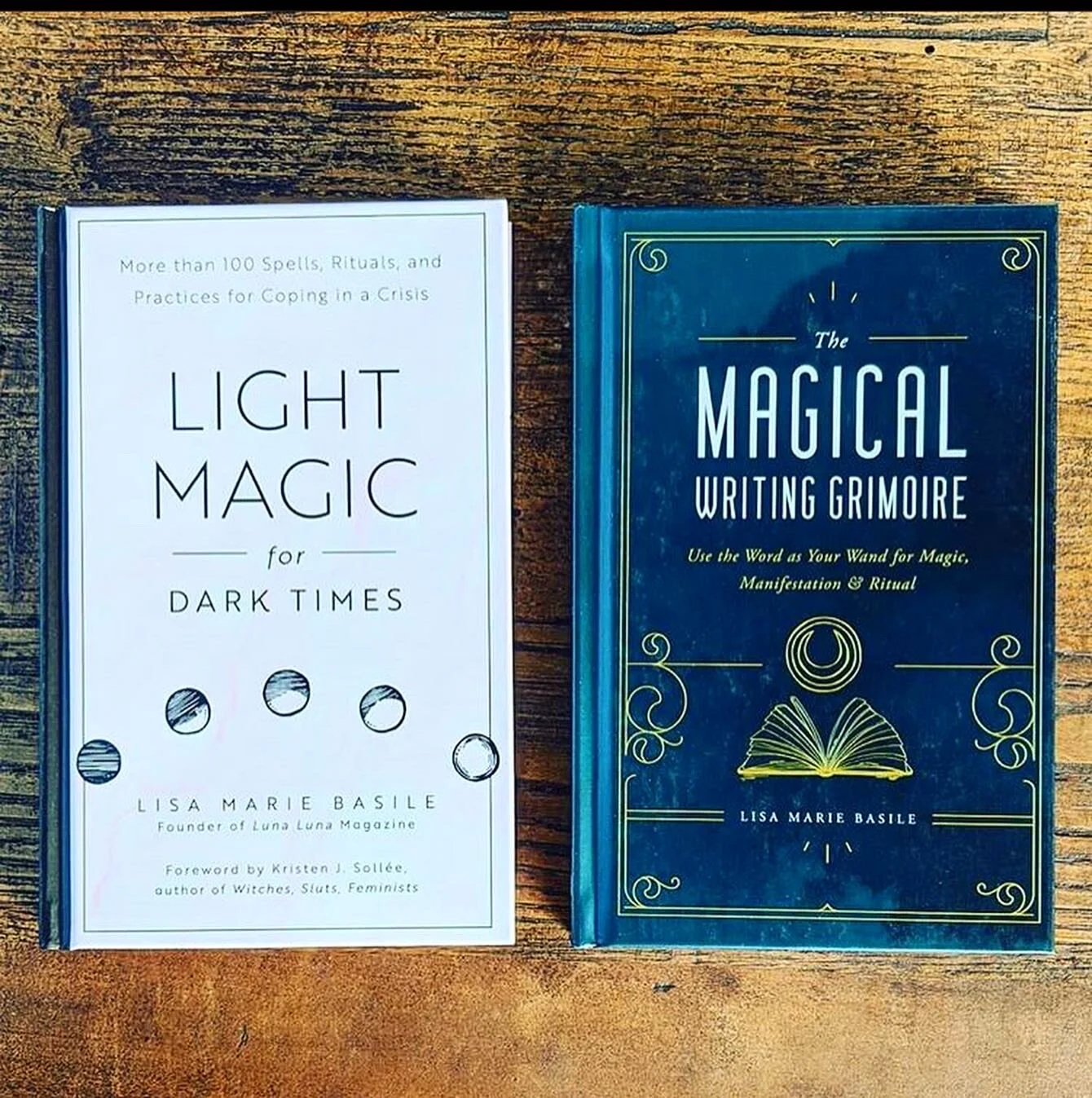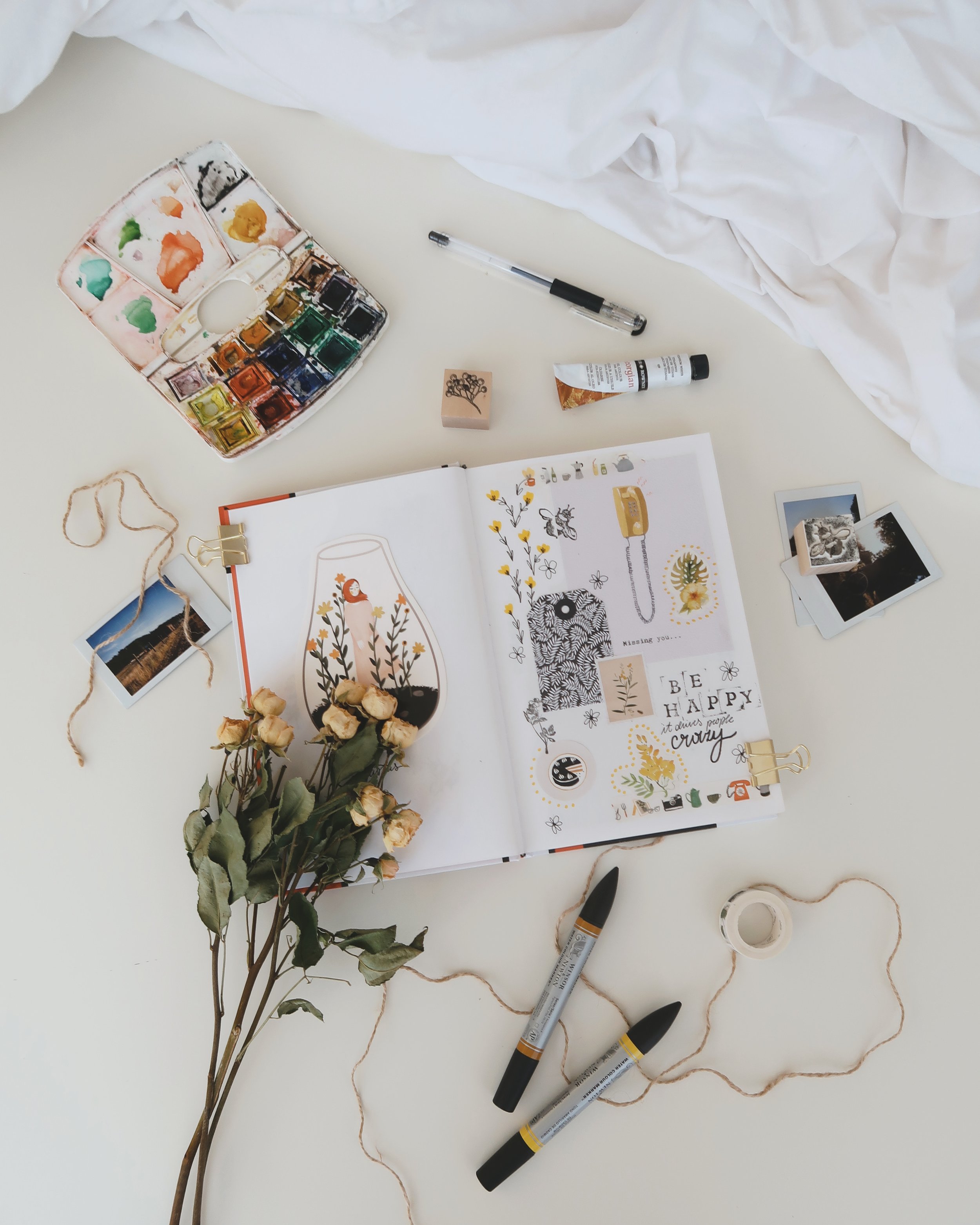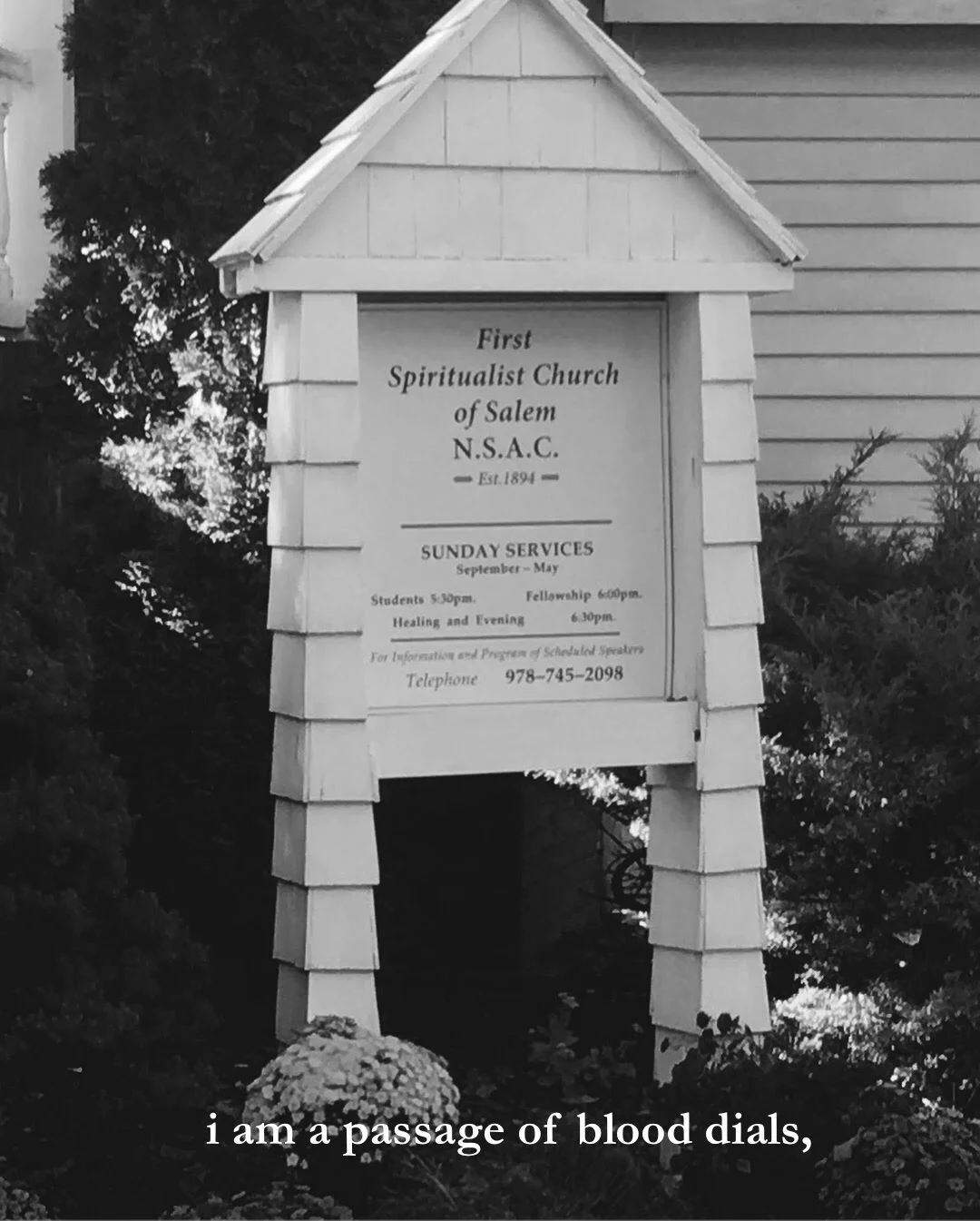BY TIFFANY CHANEY
Doesn't Halloween stick out like a sore thumb among the other appropriated and mish-mashed American holidays? Each of us has an inner witch that likes to exchange old family recipes and superstitions at least out of intrigue. When Halloween comes around, we want to see and experience a bit of the whimsy behind the veil of the unseen, and I'm here to tell you that this is okay.
That's where our fascination with the image of the Old Hag Witch with green skin and worts comes into play; there's no telling what she'll do, but I bet that if this old crone were a bit as Maleficent as we have jokingly made her out to be... that she still did like her Mama told her to do and respected her elders. Her witchy teachings, the teachings and lessons passed down to us from our elders, are important and to be honored. And when they are harmful to us... are to be recognized for the strength we have shown and released.
No Ouija Boards or Black Candles Here, Sorry
For Halloween, I am certainly not encouraging you to pull out a Ouija board or to light black candles, or play with any of the other misguided images surrounding modern Pagan, Wiccan, and other 'witchy' traditions. I'm not here to argue about the origin of Halloween versus All Saints' Day, or where the greenery decor at Christmas really comes from; honestly, we can argue all day about who is right and who is wrong, and who is going to hell and even if hell is or isn't real. This is not a place for these conversations. I do want to offer this simple, witchy tradition prevalent among many cultures, which (Witch?) you can introduce into your home or spiritual tradition without any nagging guilty feelings.
Around this time, many of us use Halloween to gather around a campfire to tell ghost stories or do horror movie marathons. We tell First Girl To Die that she definitely doesn't want to ask, "Johnny, Johnny are you okay?" and turns the bloody knob to open the door. We know that Johnny is definitely not okay, and neither is First Girl To Die. These stories, between lines and frames, are sometimes more often tales of spirits that are looking to reconnect, have messages to pass on, or even to let us know that we are protected; they show us that what seemed so scary really isn't so scary after all.
What tales have your family passed down for generations? What photos or heirlooms do you have from family members that you would like to honor and celebrate, or even face and reclaim with positive association? Around the time of Halloween, there is also the mishmash of celebrating and honoring the lives before our own, the lessons before our own, which have paved the way for our very existence. There is the act of honoring our ancestors.
These are the lines of family photos going up the stairwell or the ones on the bookshelf. We have special places that we store the family heirlooms and gifts that dear friends have given us. These are sacred items in protected spaces: These are the altars and sacred sites we have claimed for those before us and beside us. The making of the Ancestor Altar is only a more pronounced and consciously declared space to honor our ancestors.
Making Your Ancestor Altar
This is not a step by step guide, as each altar will be unique to your energy and the energy of those you wish to honor. Take each point into consideration, and do what feels right and natural to you.
- Gather any family heirlooms, photos, or items that remind you of the stories. Ponder your connection to each of these items as you collect them. Hold them in hand. If the memories are negative, pause and let the emotions come through you. Sometimes, without knowing the story of an item, we can feel the emotional attachments past of the object. If you encounter an item which feels like it had or does have a negative association, acknowledge and feel the emotions which come. Acknowledge the negative association has no place in your heart or home but has served its purpose. Claim positivity and growth for the sake of your life and your family line. Remember the goal of this is to honor lessons and ancestors for their positive influence on your life; do not project negativity or express harm. Remember, sometimes it's okay to let objects go, just as it's okay to keep them for the memories.
- Decide if there is a particular family member you would like to honor or a collective of ancestors and family members you would like to honor. Adopted family is certainly applicable here. Choose the items that feel like the go with the purpose of the altar.
- You'll need space to display the chosen items, be it small and very private, or large and visible in your home. You can use a small treasure box for little items. Clear space on a shelf, on a counter top, or buy a small table if you would like to make this a permanent display. Make sure the area is cleaned; as you are preparing the space do so with reverence and positive emotion. This intent will flow into the space, charging it with the sacred purpose. You can also cleanse the area by smudging it with sage additionally, but this is not necessary.
- Other items... You can use candles. You can spread your aunt's favorite candy across the space. You can find colors and items that you associate with your heritage.
- The space can be filled with many items, or the space can be minimalist in design; there is no wrong or right to either.
- Once you have chosen your items and located and cleared the altar space, you are ready to arrange the items. Spread the cloth you have chosen over the space or begin to place the first item which feels most prominent to you. You may need to shift items around until it feels right, and there will come a moment where it feels right. Just because you don't use certain items doesn't mean that they are not important.
- If you want the creation of the altar to be more ceremonial, you can also light candles and say a prayer if you wish, or you can simply create the altar and leave it be.
I do encourage you to write to your ancestors, even the ones you don't know (because they know you; their blood is your blood). Write whatever comes. Thank them for lessons learned, nuggets of wisdom... Tell them about your life, your dreams, your fears... Or, write a joke on the piece of paper. Seal it in an envelope and place it on the altar.
Disassembling The Ancestor Altar
Once you feel it is time to take the altar down, show respect to your ancestors and family in a way that feels right for you, even if it's saying a few short words. There will be candles or candy you will have no idea what to do with since it has been used for a sacred purpose. No matter your spiritual background, throwing such things in the trash just doesn't feel right to most of us. CatholicCulture.org mentions burying objects as an option, which is shared as an idea by many modern pagans, but releasing an object from its sacred purpose can be as simple as saying a blessing over it, smudging the item with sage smoke, or just mentally readjusting your perspective of the object's usage and purpose. Cleanse the objects with reverence and clear intent.
Honoring The Ancestors and "Halloween" Around the World
Creating the Ancestor Altar is a simple way to celebrate Halloween in a way that many cultures share, but we don't often think about. The Day of the Dead in Mexico, Samhain, and All Saints' Day share similar dates, and honoring ancestors and keeping away or inviting ghosts is common around Halloween-like traditions around the world:
"In Chinese tradition, the fifteenth day of the seventh month in the lunar calendar is called Ghost Day and the seventh month in general is regarded as the Ghost Month (鬼月), in which ghosts and spirits, including those of the deceased ancestors, come out from the lower realm. Distinct from both the Qingming Festival (in spring) and Chung Yeung Festival (in autumn) in which living descendants pay homage to their deceased ancestors, on Ghost Day, the deceased are believed to visit the living." [Source]
Fear and reverence of the dead are still very primal emotions which we experience in modern day to day life. I hope your Ancestor Altar provides a way to connect to the power of blood relations and revitalizes the importance of your existence in your own life. Heritage does come with a lot of baggage, and pain and joy, and it does not make up all of who we are... You, the individual, define yourself.
Images: (1) fAnsk (2) slgckgc (3) Elle Weiss

































